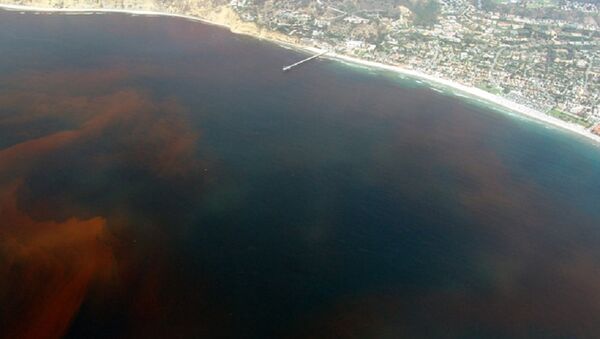Russian scientists from the Institute of Cytology of the Russian Academy of Science in St. Petersburg revealed the secret of the algae's "survival success."
"It turned out that Prorocentrum minimum [algae] can feed on both organic and inorganic compounds. Therefore, there are no such conditions in which these organisms would feel uncomfortable," said Sergei Skarlato from the Institute of Cytology, who led the research published in the Estuarine, Coastal and Shelf Science journal.
In addition, Scarlato and his colleagues found that at abnormally low salinity, these microorganisms dramatically increase their metabolic rate to compensate for the disruption in the work of DNA and proteins.
"Red tides" are extremely dangerous for other types of microbes and pose a threat to the populations of fish and birds, as well as to humans. This is due to brevetoxin, a nerve agent produced by these microorganisms. As scientists have recently discovered, the dangerous substance is produced when the algae lack certain elements. Thus, it starts to produce a sort of "chemical weapon" to destroy competitors and to slaughter potential sources of necessary substances.
By accumulating new data in the future, Russian scientists hope to predict and regulate these potentially toxic organisms.




